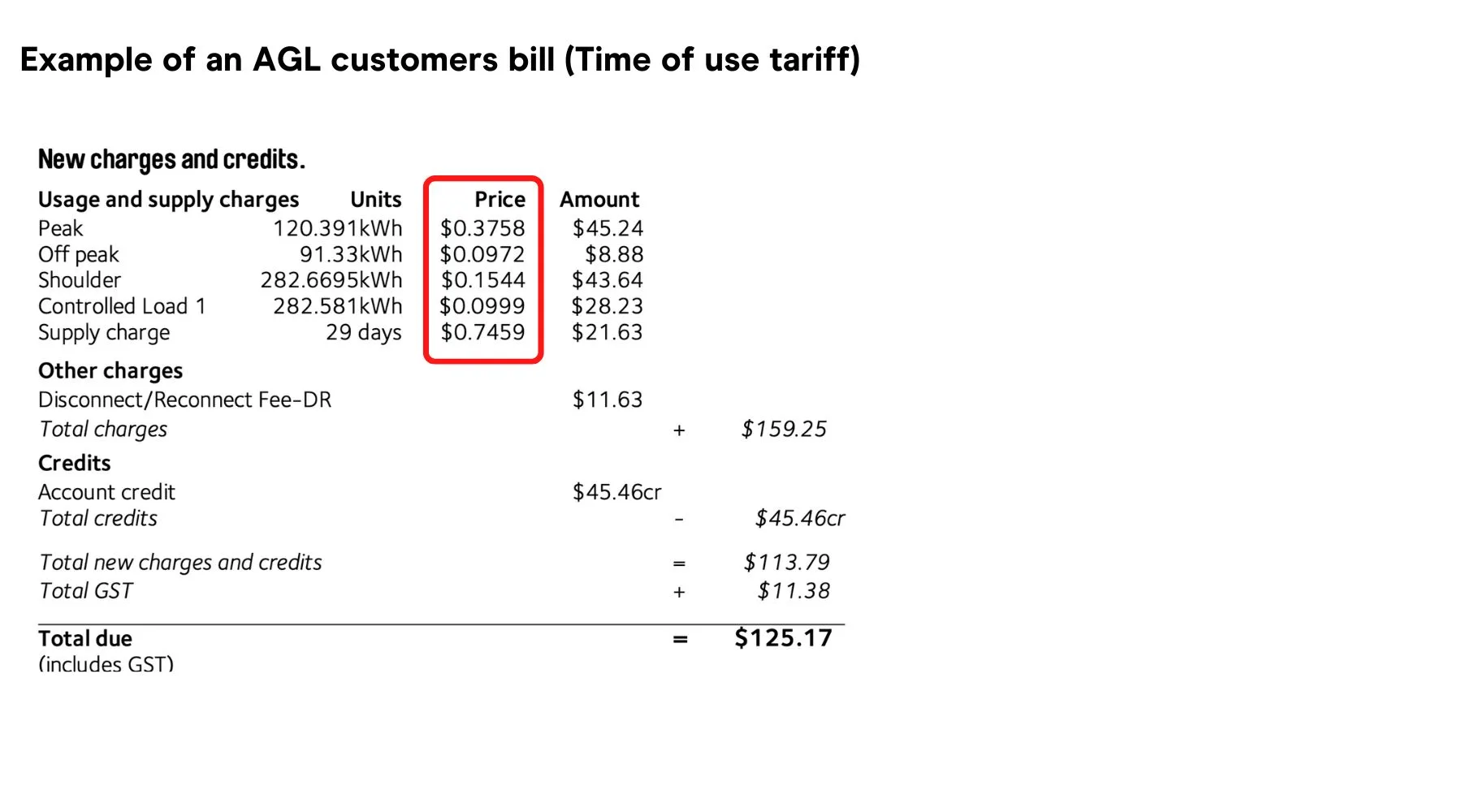What you need to know
Energy prices are calculated based on a range of factors including:
- The state you reside in and which energy distributor services your area
- Which tariff you're on, for example single rate or time of use
- How much power you use
Energy prices are calculated based on a range of factors including:
Like most infrastructure, each state or territory is responsible for its own set of laws and regulations to determine the supply cost of electricity. This means prices differ depending on where in the country you live.
After energy is generated and distributed, it's down to energy providers to sell the plans on to you and get your connection set up.
If you're paying much more for power compared to the prices in the table, it could be time to compare energy providers and switch.
South Australian residents may be frustrated seeing that residents in Victoria are paying 18.29c/kWh less for their electricity on average. Fortunately, the SA government does offer concessions to help alleviate the cost of electricity bills.
Differences in power bills are due to a range of factors that take place before you get your energy bill in the mail, including:
Response | |
|---|---|
| No | 63.41% |
| Yes | 36.59% |
Yes, but only to a degree. Your kWh usage costs are going to make up the bulk of the cost of your electricity bill but they're only one part of the picture.
Your bill is also affected by:
Take a look at our comparison table for an idea of what providers are offering. If you want a quote customised to your specific usage and location, you can use our energy comparison tool.
Most people's energy bills are just 2–3 pages. The main part to look for if you want to find your costs per kWh is the section detailing your charges.
It could be called "Total electricity charges" or "New charges and credits" and is sometimes in a section called "How we've worked out your bill".
The kWh cost itself will be in the column listing the "price" or "charge". "Units" will show how much energy you used which is multiplied by the price/charge to find the total "amount".
See 2 examples below:


The areas marked out in red show the price in cents per kWh.
Your charges will be listed differently depending on which tariff type you have. Here's how to read the main 4 types of charges:
Electricity prices should change around once a year.
Each year on 1 July the Australian Energy Regulator (AER) and other state regulators set new reference prices or electricity pricing orders that determine the maximum energy price they consider to be "fair" for consumers.
The AER regulates states that are part of the National Electricity Market (NEM) which includes New South Wales, South-East Queensland, Tasmania, Australian Capital Territory and South Australia. All other regions are regulated by their own state bodies.
Most energy retailers change their power prices roughly around the same time, and usually after 1 July. Though depending on the provider, they may stagger the change between July and September.
They can change the price whenever they wish so long as they give you 5 days' notice, unless you're on a fixed rate plan which locks in your rate for a period of time.
If you think you're paying too much, it could be time to switch energy providers.
We've calculated the average kWh price of the following 6 providers:
If your bill is higher than the average or you just want the cheapest kWh rates for your household, it's a good idea to compare energy plans and see what's on offer.
Outside of price you'll want to consider:
Our energy guides can help you compare and understand what plan is best for you.
Best energy plans: 5 plans selected by our experts, assessed and updated regularly
Cheap energy plans: Find the cheapest energy plans available this month
Solar power plans: Got rooftop solar? Compare your options and save even more
Average energy bill: Find out how your energy bill compares to the rest of Australia
Can you save money by using energy at certain times of the day on a time of use plan?
Red Energy vs Origin Energy: Compare rates, plans, features and incentives in four states.
Origin vs Simply Energy: Which brand offers better electricity rates in your state?
AGL and EnergyAustralia are closely matched on price but AGL fares slightly better for additional perks such as bundling offers.